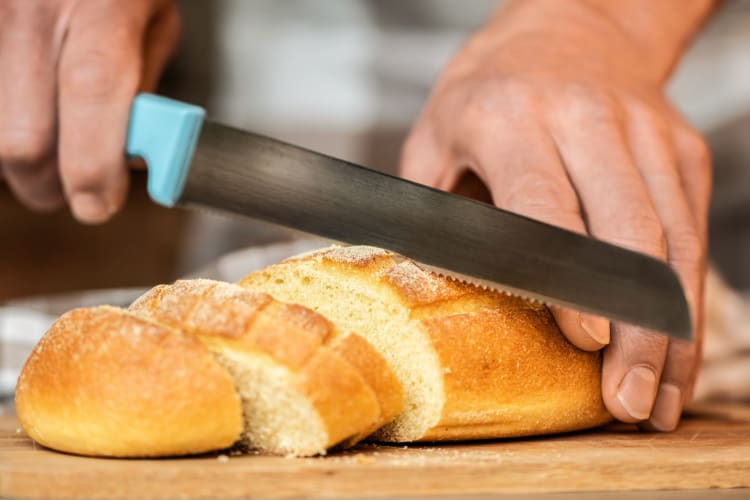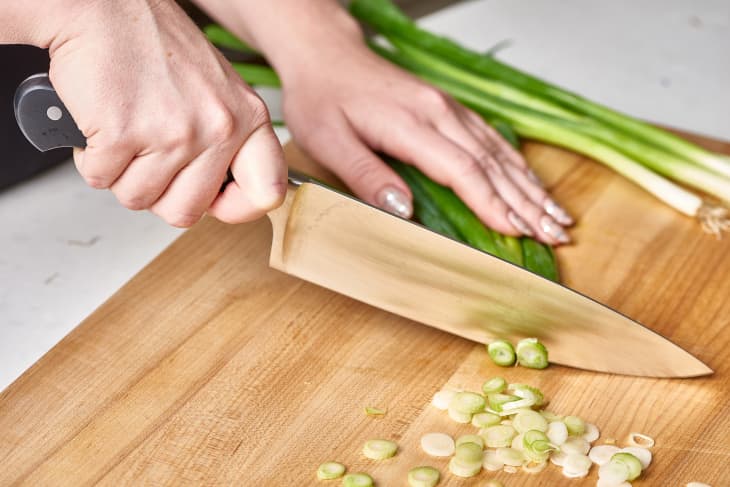Mastering the art of how to cut vegetables with knife is a skill every kitchen professional and home chef should possess. Whether you’re a culinary expert or a beginner, using a knife effectively can completely transform your cooking experience. With the right guidance and practice, youll not only save time but also elevate the quality of your dishes. Lets dive into this terrific guide!

Why Is Knife Mastery So Important?
Properly cutting vegetables ensures consistency in cooking time and enhances the visual appeal of your dishes. Beyond aesthetics, safe and efficient cutting reduces the risk of injuries and wasted produce. Learning how to cut vegetables with knife is not just a necessary kitchen skillit’s a form of art.
Getting Started: Know Your Tools
1. Choosing the Right Knife
There are different types of knives suitable for various tasks. The most popular options include:
- Chefs knife: A multipurpose knife ideal for most vegetable cuts.
- Paring knife: Great for small or detailed tasks like peeling or trimming.
- Serrated knife: Perfect for soft vegetables like tomatoes.
2. Keeping Your Knife Sharp
A sharp knife is safer and more efficient than a dull one. Regularly sharpen your knife using a honing rod or a professional sharpener.
Knife Safety: A Tremendous Priority
1. Proper Grip
Always use a firm grip close to the handle of the knife. Place your thumb on one side of the blade and your index finger on the other for maximum control.
2. Use a Stable Cutting Board
Ensure your cutting board doesnt move. If needed, place a damp cloth underneath it to stabilize.
Techniques for Cutting Vegetables
1. Slicing
Slicing involves cutting vegetables into thin pieces. For instance, when slicing cucumbers, maintain consistent thickness for uniform cooking.
2. Dicing
Dicing refers to cutting vegetables into small cubes. A common example is dicing onions. Cut onions properly for even cooking and flavor balance.
3. Julienning
This technique involves cutting vegetables into thin, matchstick-sized pieces, often used for stir-fries or salads.
4. Chopping
Chopping is rough cutting into irregular pieces. Its ideal for soups or stews where precision is less important.
Common Mistakes When Learning How to Cut Vegetables with Knife
- Using a dull or inappropriate knife.
- Not securing the cutting board.
- Rushing through the process.
- Incorrect grip on the knife.
Tried and Approved Tips to Level Up Your Cutting Skills
1. Practice Consistency
Practice slicing or dicing vegetables of the same type repeatedly to achieve uniform cuts.
2. Watch Professional Chefs
Studying how professionals hold and use their knives is a terrific way to improve.
3. Understand Vegetable Anatomy
Knowing the structure of vegetables, such as how onions are layered, helps you cut them more efficiently. Cut food correctly to bring out the best flavors.
Advanced Cutting Techniques
1. Brunoise
Perfect for garnishes, brunoise involves cutting vegetables into very fine cubes.
2. Chiffonade
Used for leafy vegetables or herbs, this technique involves rolling the leaves and slicing into thin ribbons.
3. Mandoline Cutting
If youre comfortable with the knife skills but want extra precision, a mandoline slicer can help.
Maintaining Your Knife
Regular maintenance not only extends the life of your knife but also ensures its efficiency. Clean and dry it immediately after use and store it in a knife block or sheath.
Essential Tools to Complement Your Knife
- Knife sharpener
- Cutting boards
- Vegetable peeler
- Kitchen shears
Health and Safety While Handling a Knife
If you accidentally cut yourself, here is a resource on treating minor cuts.

FAQs
1. What is the safest type of knife to use?
A sharp knife is always safer than a dull one because it requires less force, reducing the chance of slipping.
2. Can I use the same knife for all vegetables?
While a chefs knife is versatile, specialized knives like paring or serrated knives are better for specific tasks.
3. How do I clean my knife after cutting vegetables?
Wash your knife with warm, soapy water and dry it immediately to prevent rusting.
For more insights on advanced chopping techniques, visit Simply Recipes.
This article contains affiliate links. We may earn a commission at no extra cost to you.


